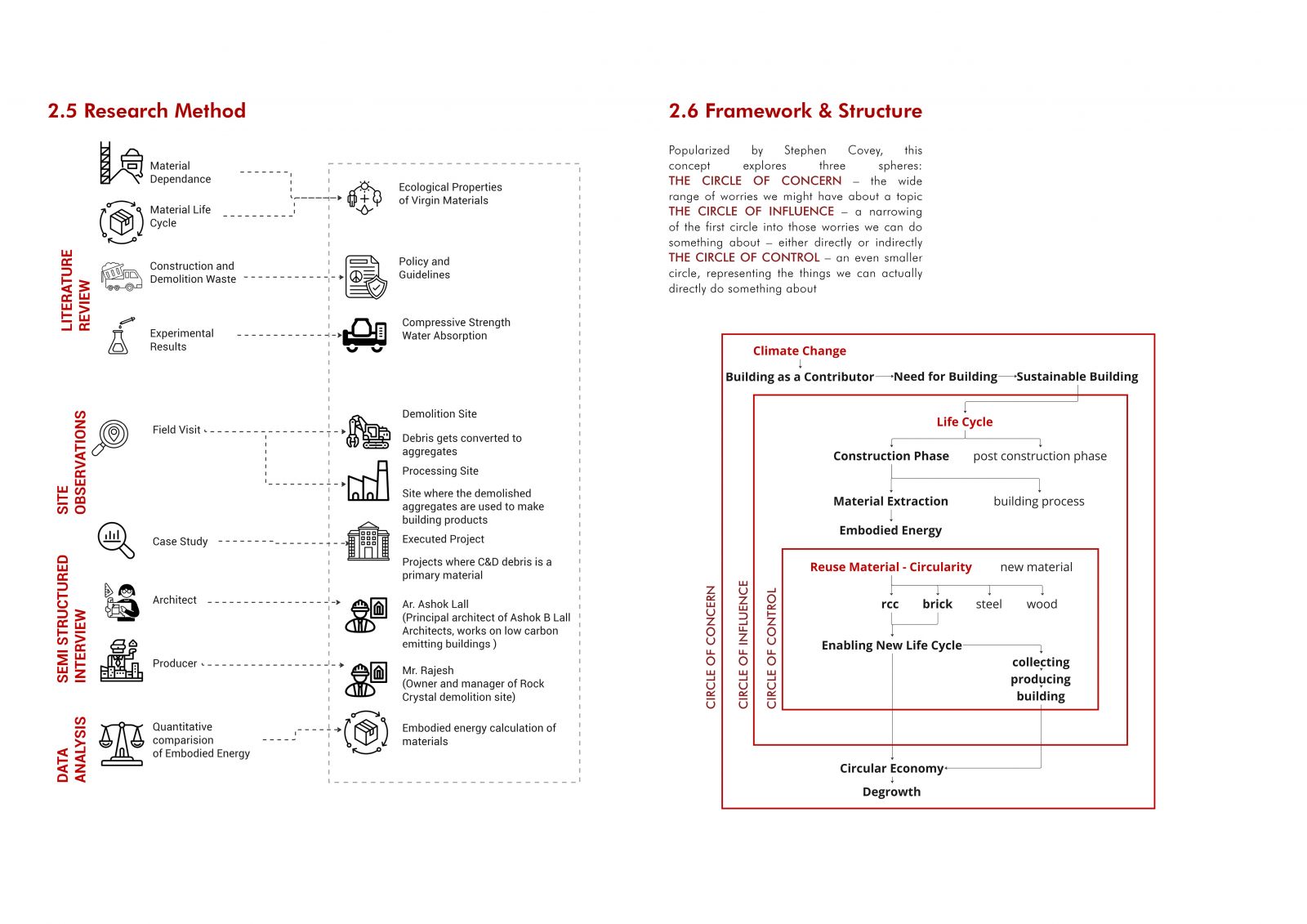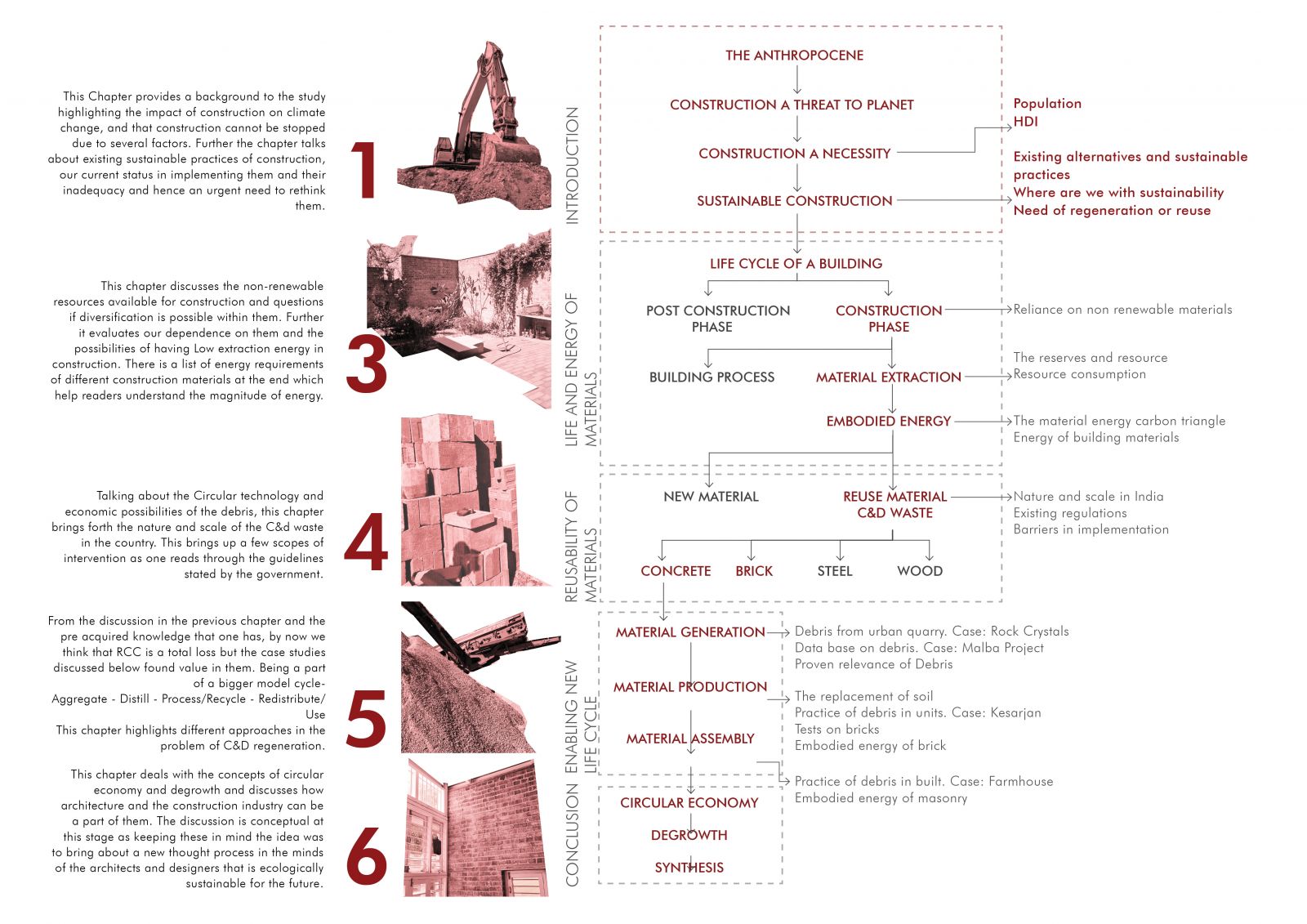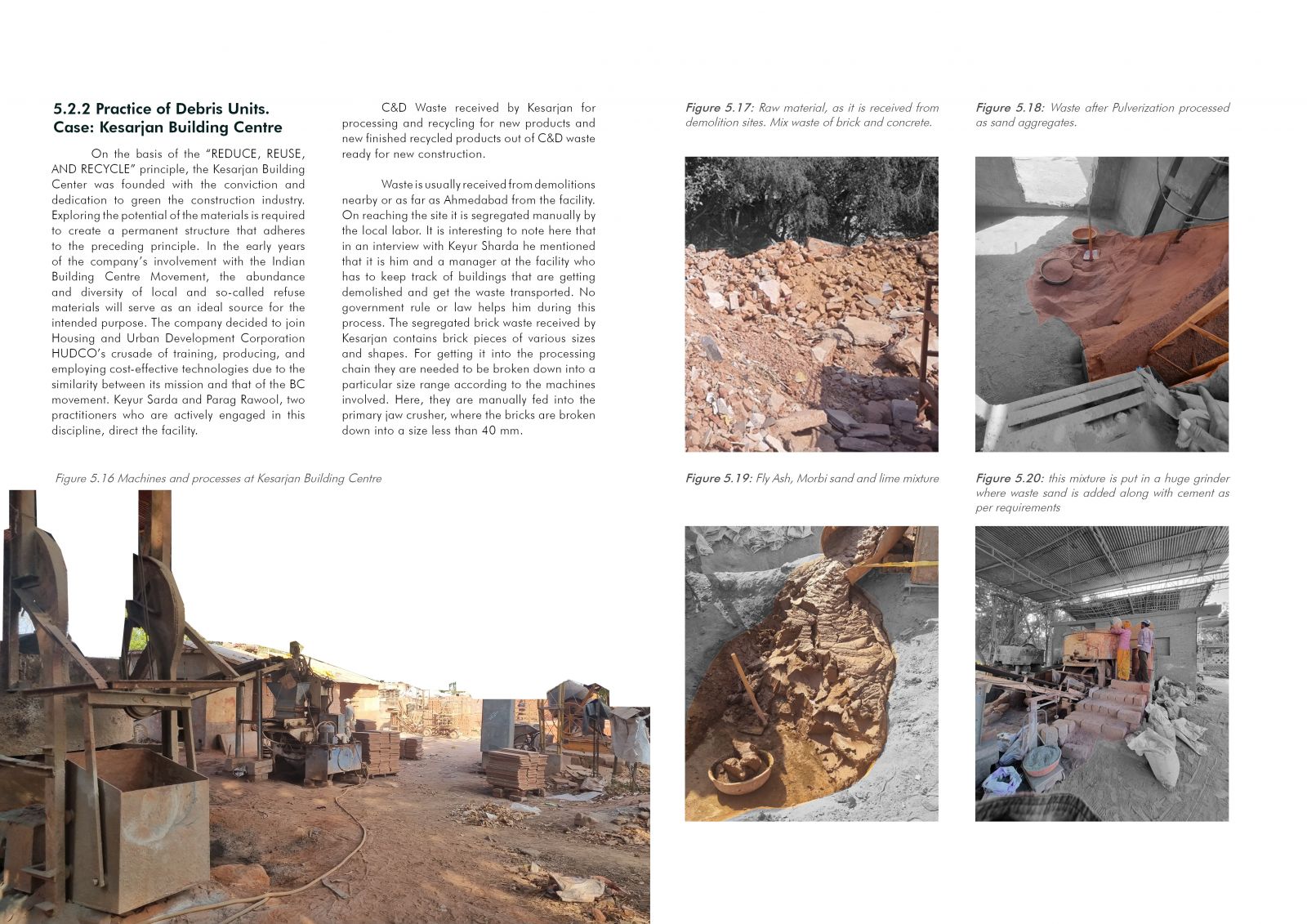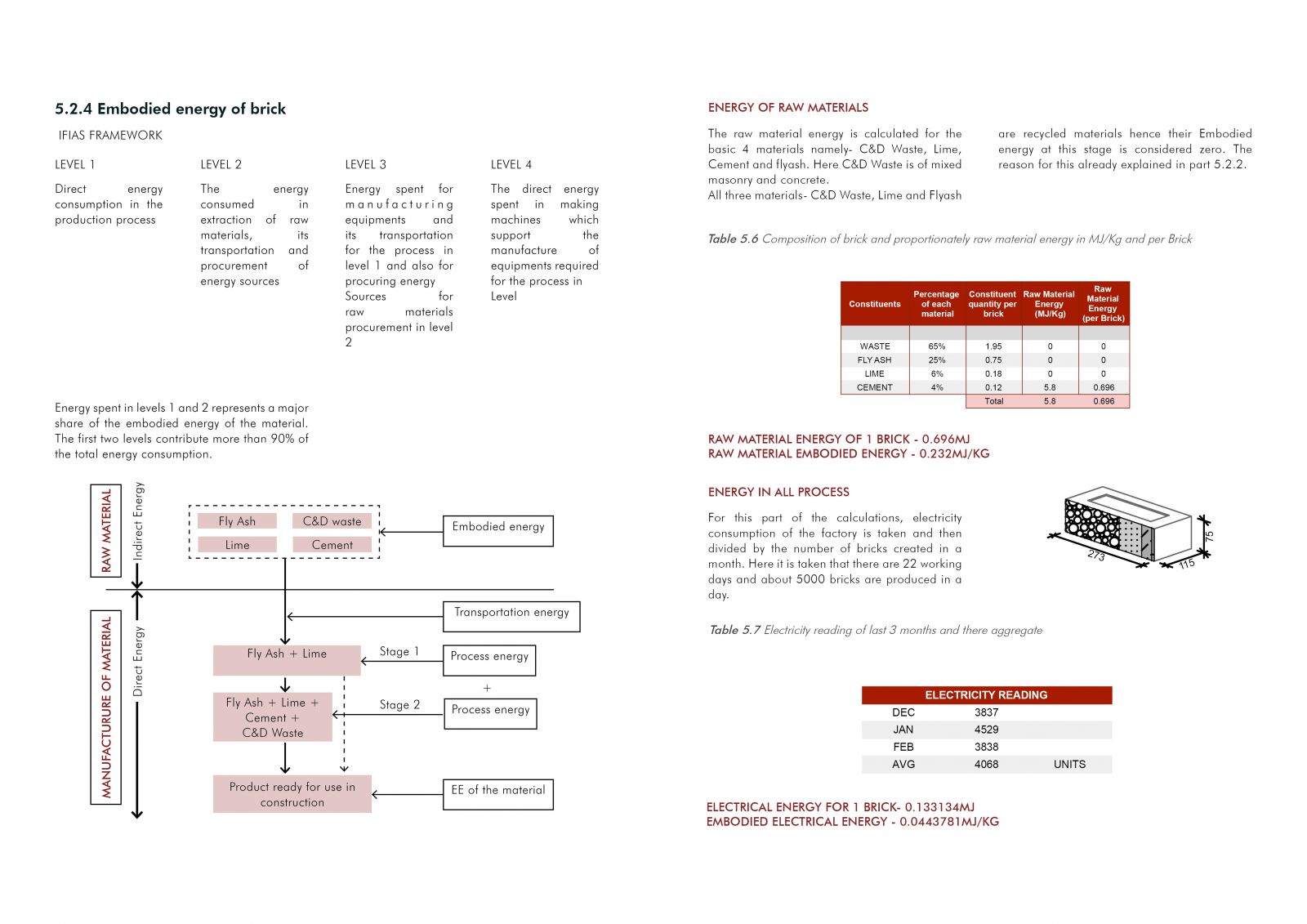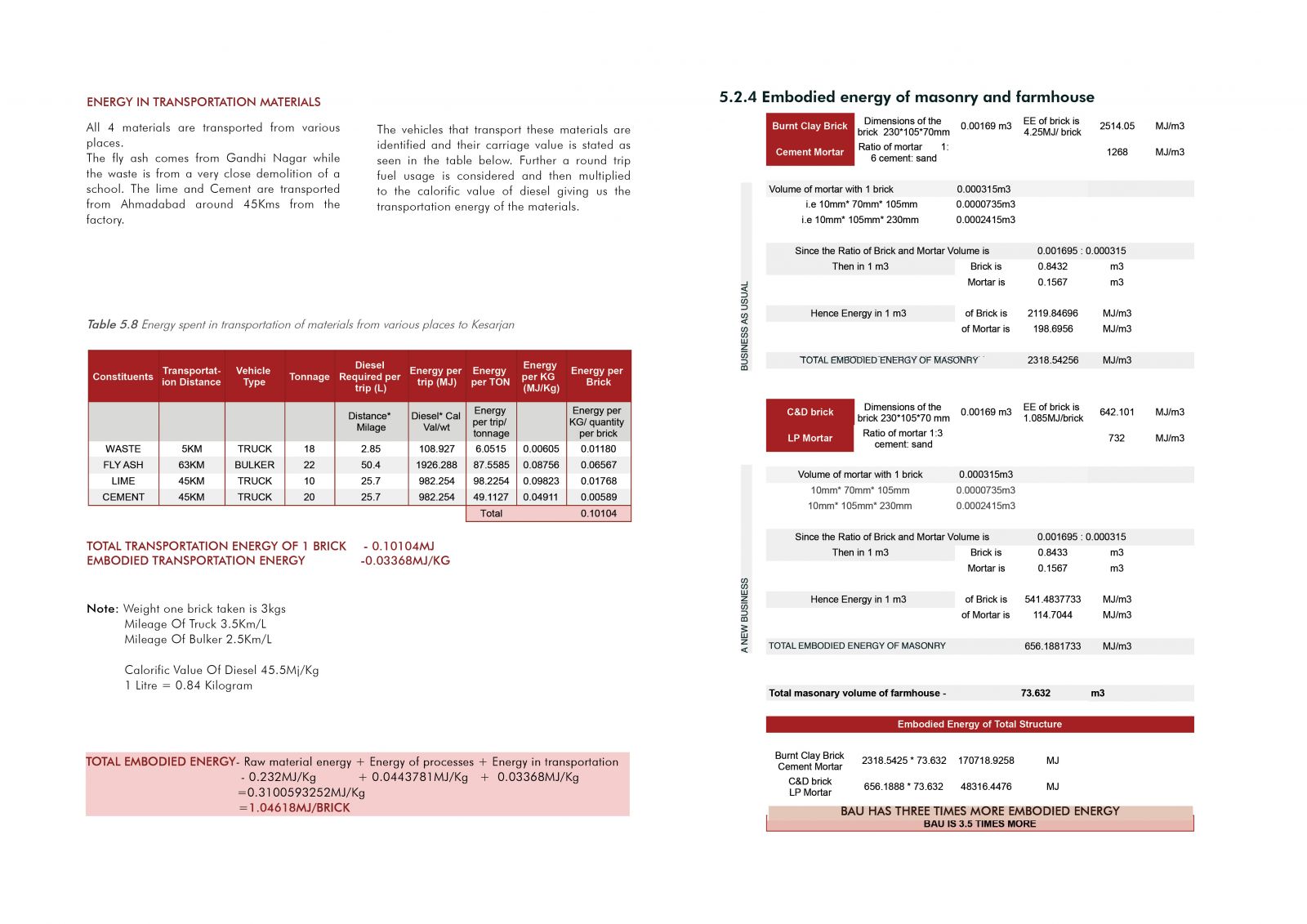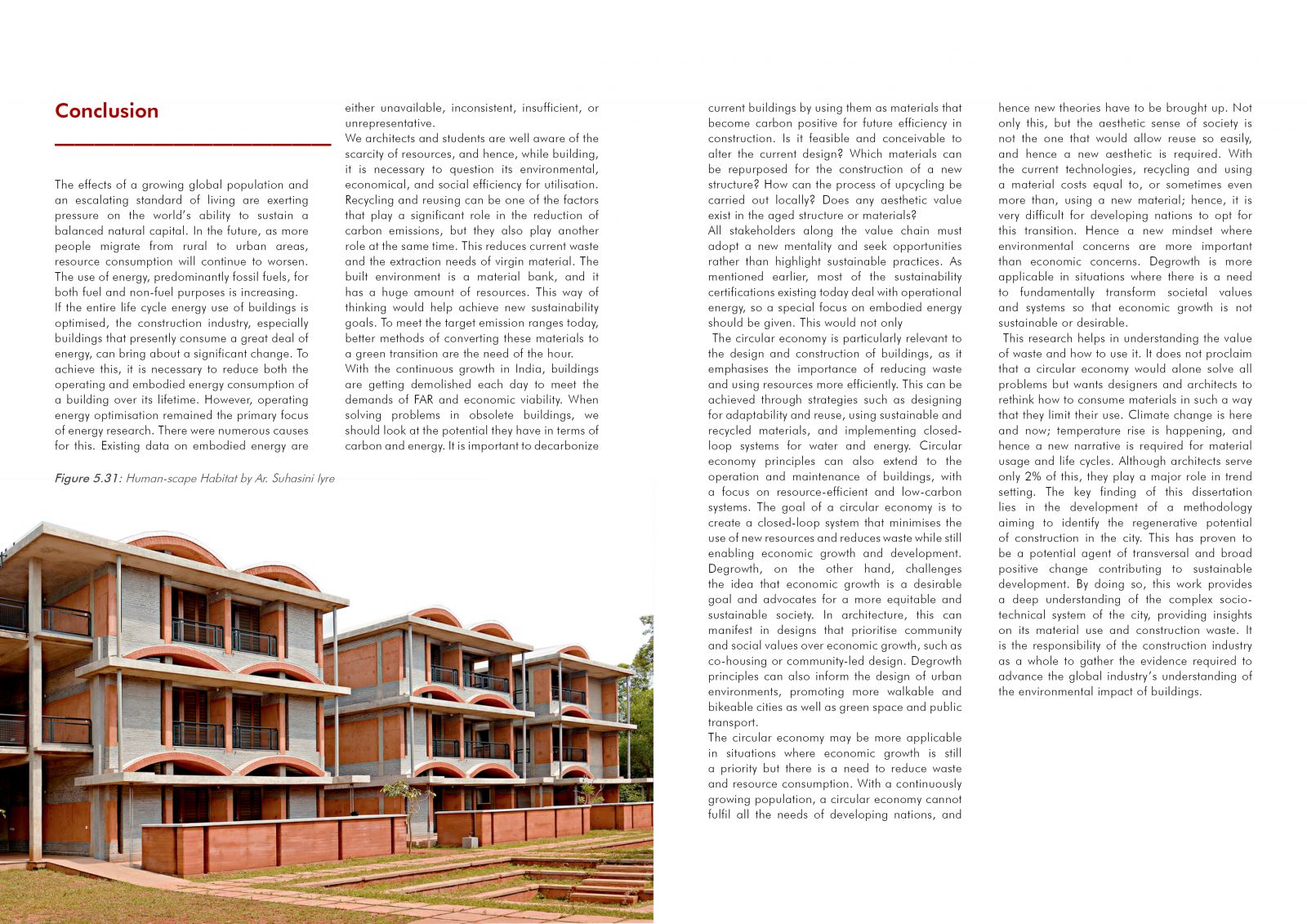Your browser is out-of-date!
For a richer surfing experience on our website, please update your browser. Update my browser now!
For a richer surfing experience on our website, please update your browser. Update my browser now!
The challenge today is addressing the issues of climate change and finding solutions to it. The pressing environmental hazard is arising due to several factors. One of the factor contributing to the negative effects of climate change is the construction industry. The construction industry is responsible for releasing 47% of global CO2 emissions, 20% of which stems from existing buildings while 27% is from new construction. In India, 30 % of the total GHG emissions are from the construction industry which predominantly comprises concrete and brick (Praseeda, Reddy, & Mani, 2014). Construction Material consumption is a major component of the overall resource consumption in India and the energy expenditure on them is about 25% of the total energy demand. This resource and energy intensive contribution results in significant contribution to global warming, pollution, greenhouse gas emission, resource depletion and loss of biodiversity. Hence identification of appropriate strategies to reduce consumption is essential. The architecture community significantly influences the selection of building materials and resource utilization, where economic and aesthetic value often supersede ecological considerations. And often the ecological cost and effects of material extraction are overlooked. But through the research the building and related industries’ significant potential to reduce the GHG emissions is highlighted through reduction in material and energy consumption. Given the context, the aim and objective of the research is to explicate and operationalize the use of construction and demolition (C&D) debris as alternative building materials, which are almost at par to the conventional building materials. To accomplish the stated objective, this research is structured around three case studies involving a supplier, a contractor, and a built project of C&D materials. Mixed methodologies are used to evaluate the case studies, including semi-structured interviews, mapping, technical assessments of ordinances, Embodied Energy Calculations, and social impact analysis. The construction potential is then evaluated using a theoretical framework, which is expressed as a contribution to the sustainable development objectives. This study demonstrates the importance of viewing C&D waste as an opportunity to restore local economies, well-being, and ecosystems through the application of tailored strategies. This ranges from production of materials to management strategies. It demonstrates the viability of employing a ‘recycled’ approach to material utilisation in order to address resource and environmental issues.

